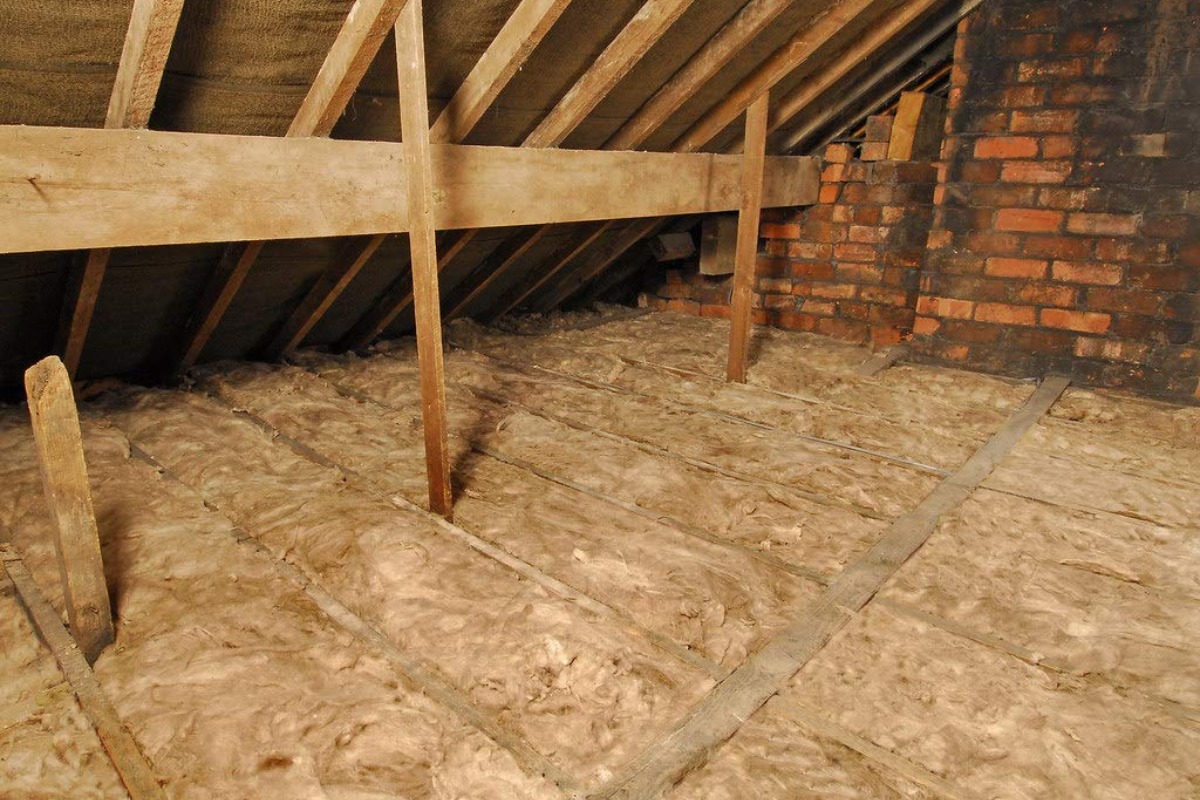

Articles
What Is R-38 Insulation
Modified: January 23, 2024
Discover everything you need to know about R-38 insulation in our informative articles. Find out how it can improve energy efficiency and save you money.
(Many of the links in this article redirect to a specific reviewed product. Your purchase of these products through affiliate links helps to generate commission for Storables.com, at no extra cost. Learn more)
Introduction:
Welcome to our comprehensive guide on R-38 insulation! In this article, we will explore what R-38 insulation is, its benefits, the installation process, factors to consider before installation, and answer some common FAQs. If you’re considering improving the insulation in your home, R-38 insulation is an option worth exploring.
As homeowners, we understand the importance of maintaining a comfortable living environment while keeping energy costs in check. Proper insulation plays a crucial role in achieving both of these goals. R-38 insulation, also known as thermal insulation, is a popular choice for homeowners looking to enhance the energy efficiency of their homes.
So, what exactly is R-38 insulation? R-38 refers to its thermal resistance, indicating that it provides higher insulation value compared to other types of insulation. The higher the R-value, the greater the resistance to heat flow. This means that R-38 insulation is more effective at preventing heat transfer between the indoors and outdoors.
R-38 insulation typically consists of materials such as fiberglass, cellulose, or spray foam. These insulation materials are designed to trap air and create a barrier that slows down the transfer of heat. By minimizing heat flow, R-38 insulation helps keep your home warm during the winter and cool during the summer, resulting in reduced energy consumption and lower utility bills.
Now that we have a basic understanding of R-38 insulation, let’s explore its many benefits.
Key Takeaways:
- R-38 insulation offers homeowners significant energy savings, improved comfort, and environmental benefits by reducing heat transfer, lowering utility bills, and contributing to a quieter, more sustainable living environment.
- Before installing R-38 insulation, consider factors such as climate, existing insulation, budget, and accessibility. Consulting with a professional insulation contractor ensures an informed decision aligned with specific needs and requirements.
Read more: How Thick Is R-38 Insulation
Definition of R-38 Insulation:
R-38 insulation is a type of thermal insulation that is commonly used in residential buildings to enhance energy efficiency and indoor comfort. The “R” in R-38 stands for thermal resistance, which measures the insulation material’s ability to resist heat transfer. The number 38 indicates the specific R-value of this insulation.
R-38 insulation is known for providing high levels of thermal resistance, making it a popular choice for homeowners looking to improve their home’s insulation. It is typically used in attics and roofs, where heat transfer is most significant. This insulation helps to reduce heat loss during the winter and heat gain during the summer, resulting in a more comfortable living environment and reduced energy consumption.
There are several different types of insulation materials that can be used to achieve an R-38 rating. Fiberglass and cellulose insulation are commonly used options. Fiberglass insulation consists of tiny glass fibers that trap air pockets and slow down heat transfer. Cellulose insulation is made from recycled paper or plant fibers treated with fire-resistant materials. Both materials can be installed as loose-fill insulation, blown into cavities, or placed in pre-formed batts or rolls.
To achieve the desired R-38 value, the insulation must be installed properly, without any gaps or compression that could diminish its effectiveness. It is essential to consult with a professional insulation contractor to ensure that the insulation is installed correctly and meets building code requirements.
R-38 insulation offers numerous advantages for homeowners. Let’s explore some of these benefits in the next section.
Benefits of R-38 Insulation:
R-38 insulation offers several benefits to homeowners, making it a wise investment for improving energy efficiency and indoor comfort. Here are some key advantages of R-38 insulation:
- Energy Savings: One of the primary benefits of R-38 insulation is its ability to significantly reduce heat transfer. By creating a thermal barrier, R-38 insulation helps to keep the interior temperature more stable, reducing the need for heating and cooling systems to work harder. This, in turn, leads to lower energy consumption and reduced utility bills.
- Improved Comfort: R-38 insulation effectively blocks heat transfer, keeping your home warmer during the winter and cooler during the summer. This means more consistent indoor temperatures and a more comfortable living environment throughout the year.
- Noise Reduction: R-38 insulation also acts as a sound barrier, reducing the amount of noise that enters or leaves your home. This can be particularly beneficial if you live in a noisy neighborhood or near busy roads.
- Environmental Impact: R-38 insulation helps to reduce energy consumption, which in turn lowers greenhouse gas emissions. By choosing to insulate your home with R-38 insulation, you are making a positive impact on the environment by reducing your carbon footprint.
- Long-Term Savings: While the upfront cost of installing R-38 insulation may be higher than other options, it offers long-term savings. With reduced energy consumption and lower utility bills, R-38 insulation can pay for itself over time.
- Indoor Air Quality: R-38 insulation helps to seal your home, preventing drafts and reducing the infiltration of dust, pollen, and other outdoor pollutants. This can lead to improved indoor air quality, particularly for individuals with allergies or respiratory conditions.
Overall, R-38 insulation provides numerous benefits for homeowners, from energy savings and improved comfort to noise reduction and environmental impact. It is a worthwhile investment that can enhance the efficiency and livability of your home.
Installation Process of R-38 Insulation:
Installing R-38 insulation requires careful planning and proper execution to maximize its effectiveness. While it is possible to install R-38 insulation as a DIY project, it is recommended to hire a professional insulation contractor for the best results. Here is a general overview of the installation process:
- Assessment: The first step is to assess the existing insulation in your home and identify areas that need improvement. A professional contractor will conduct a thorough inspection of your attic or roof to determine the current insulation levels and identify any gaps, damaged areas, or air leaks that need to be addressed.
- Preparation: Before installing R-38 insulation, it is important to prepare the work area. This may involve clearing out any debris or objects in the attic, sealing any air leaks or gaps, and ensuring proper ventilation.
- Material Selection: Choose the appropriate type of R-38 insulation material for your needs. Fiberglass and cellulose are commonly used options. Your insulation contractor can help you decide on the best material based on cost, efficiency, and your specific home requirements.
- Installation: The insulation contractor will start by measuring and cutting the insulation material to fit snugly between the attic rafters or roof joists. It is essential to ensure that there are no gaps or compressed areas that could compromise the insulation’s effectiveness. The insulation will be installed in layers to achieve the desired R-38 value.
- Sealing: Properly sealing the insulation is crucial to prevent air leaks and ensure maximum insulation performance. The contractor will use materials such as foam or caulk to seal any gaps, cracks, or openings in the attic to create an airtight seal.
- Safety Measures: During the installation process, the contractor will take the necessary safety precautions, such as wearing protective gear like gloves, goggles, and masks, to ensure a safe working environment and minimize exposure to insulation fibers or dust.
- Post-Installation Inspection: Once the insulation is installed, the contractor will conduct a final inspection to ensure that everything is properly sealed and in accordance with building codes and industry standards.
Remember, the above steps provide a general outline of the installation process, and the specifics may vary based on the unique characteristics of your home. Hiring a professional insulation contractor is highly recommended to ensure a proper and effective installation of R-38 insulation.
When installing R-38 insulation, make sure to wear protective gear such as gloves, a mask, and goggles to avoid irritation from the fibers. Properly seal any gaps or openings to maximize the insulation’s effectiveness.
Factors to Consider Before Installing R-38 Insulation:
Before proceeding with the installation of R-38 insulation, it is important to consider a few key factors to ensure that it is the right choice for your home. Taking these factors into account will help you make an informed decision and maximize the effectiveness of the insulation. Here are some factors to consider:
- Climate: Evaluate the climate in your region. R-38 insulation is ideal for homes in areas with extreme temperatures, as it provides excellent thermal resistance. However, if you live in a moderate climate, a lower R-value insulation may be more appropriate.
- Existing Insulation: Assess the condition and level of existing insulation in your home. If there is inadequate or damaged insulation, adding R-38 insulation can significantly improve energy efficiency. On the other hand, if the current insulation is in good condition and already provides sufficient resistance, additional insulation may not be necessary.
- Building Codes: Familiarize yourself with the local building codes and regulations pertaining to insulation. Ensure that the installation of R-38 insulation meets the required standards and any specific guidelines for your area.
- Budget: Consider your budget for insulation upgrades. R-38 insulation typically comes at a higher cost compared to lower R-value insulation options. Evaluate the long-term savings and energy efficiency benefits to determine if the investment aligns with your budgetary constraints.
- Accessibility: Assess the accessibility of the areas where the insulation needs to be installed. Attics and roofs can be challenging to access, especially if there are obstacles or limited space. Consult with a professional insulation contractor to determine the feasibility of installation in these areas.
- Moisture Concerns: Evaluate any existing moisture issues in your home. Moisture can affect the effectiveness of insulation and potentially cause damage. If there are moisture concerns, address them before installing R-38 insulation to ensure long-term durability and performance.
It is recommended to consult with a professional insulation contractor who can assess your specific situation, provide expert advice, and help you navigate these factors to make the right decision. Their expertise will ensure that the installation of R-38 insulation aligns with your needs and yields the desired energy efficiency benefits.
Read more: How Thick Is R-38 Blown Insulation
Common FAQs about R-38 Insulation:
As you consider installing R-38 insulation in your home, you may have some questions or concerns. Here are answers to some of the most frequently asked questions about R-38 insulation:
- 1. What does R-38 mean?
- 2. Where is R-38 insulation most commonly used?
- 3. How does R-38 insulation benefit my home?
- 4. Can I install R-38 insulation myself?
- 5. How long does R-38 insulation last?
- 6. Can R-38 insulation help with noise reduction?
- 7. Do I need to remove existing insulation before installing R-38 insulation?
- 8. Is R-38 insulation environmentally friendly?
R-38 is a measure of thermal resistance. It indicates the insulation material’s ability to resist heat flow. The higher the R-value, the better the insulation’s performance.
R-38 insulation is typically used in attics and roofs, as those areas are prone to heat gain in the summer and heat loss in the winter. It helps create a thermal barrier and improves energy efficiency in these spaces.
R-38 insulation improves energy efficiency by reducing heat transfer. It helps keep your home comfortable year-round by minimizing heat loss in the winter and heat gain in the summer. This results in reduced energy consumption and lower utility bills.
While it is possible to install R-38 insulation as a DIY project, it is generally recommended to hire a professional insulation contractor. They have the expertise and knowledge to ensure proper installation, maximum efficiency, and compliance with building codes.
The lifespan of R-38 insulation can vary depending on factors such as the quality of the insulation material, installation quality, and environmental conditions. Generally, well-installed R-38 insulation can last for several decades with proper maintenance.
Yes, R-38 insulation can act as a sound barrier and reduce the transmission of noise between different spaces in your home. It helps create a quieter indoor environment, especially in areas near busy roads or with high levels of external noise.
In some cases, it may be necessary to remove existing insulation before installing R-38 insulation, particularly if it is damaged or ineffective. A professional insulation contractor can evaluate the condition of your current insulation and provide guidance on whether removal is necessary.
R-38 insulation can contribute to environmental sustainability by reducing energy consumption and greenhouse gas emissions. Many insulation materials used in R-38 insulation, such as fiberglass and cellulose, are made from recycled or renewable materials.
If you have any additional questions or concerns about R-38 insulation, it is best to consult with an insulation professional. They can provide personalized guidance based on your specific needs and circumstances.
Conclusion:
R-38 insulation is a highly effective and popular choice for homeowners looking to improve energy efficiency and indoor comfort. With its high thermal resistance, R-38 insulation helps to minimize heat transfer, keeping your home warmer in the winter and cooler in the summer. The installation process is best handled by a professional insulation contractor, who can ensure proper installation and maximize the insulation’s effectiveness.
By choosing R-38 insulation, you can enjoy a range of benefits, including reduced energy consumption, lower utility bills, improved comfort, and even noise reduction. Additionally, R-38 insulation contributes to environmental sustainability by lowering your carbon footprint and reducing greenhouse gas emissions.
Before installing R-38 insulation, it’s important to consider factors such as climate, existing insulation, budget, and accessibility. Consulting with a professional insulation contractor will help you make an informed decision that aligns with your specific needs and requirements.
We hope this comprehensive guide has provided you with valuable insights into R-38 insulation. If you have any further questions or require assistance, don’t hesitate to reach out to an insulation expert who can provide personalized advice based on your unique circumstances.
Investing in R-38 insulation is not only a wise decision for your home but also a step towards a more energy-efficient and comfortable living environment. So, why wait? Take the first step towards a more energy-efficient home with R-38 insulation today!
Frequently Asked Questions about What Is R-38 Insulation
Was this page helpful?
At Storables.com, we guarantee accurate and reliable information. Our content, validated by Expert Board Contributors, is crafted following stringent Editorial Policies. We're committed to providing you with well-researched, expert-backed insights for all your informational needs.
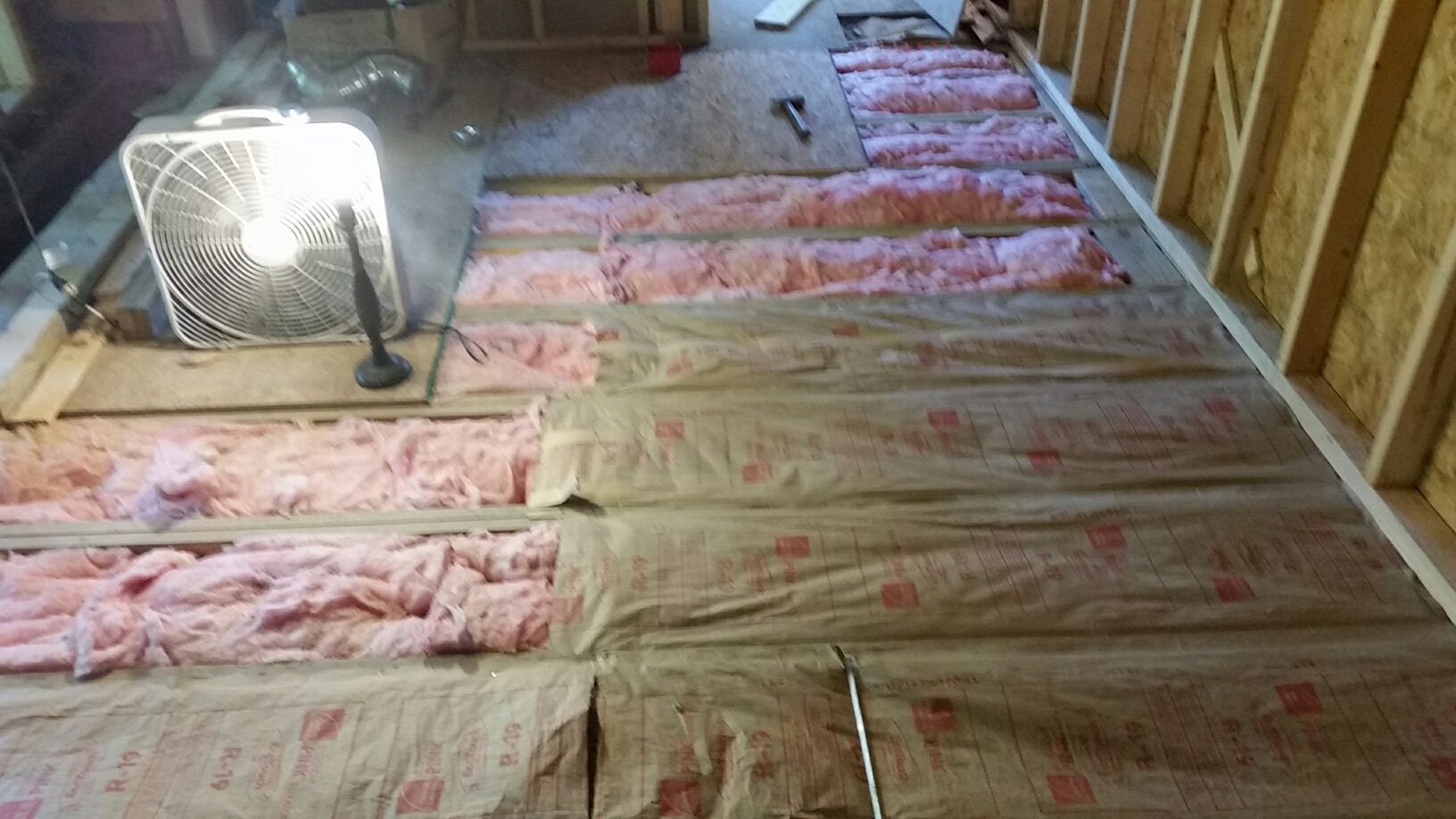
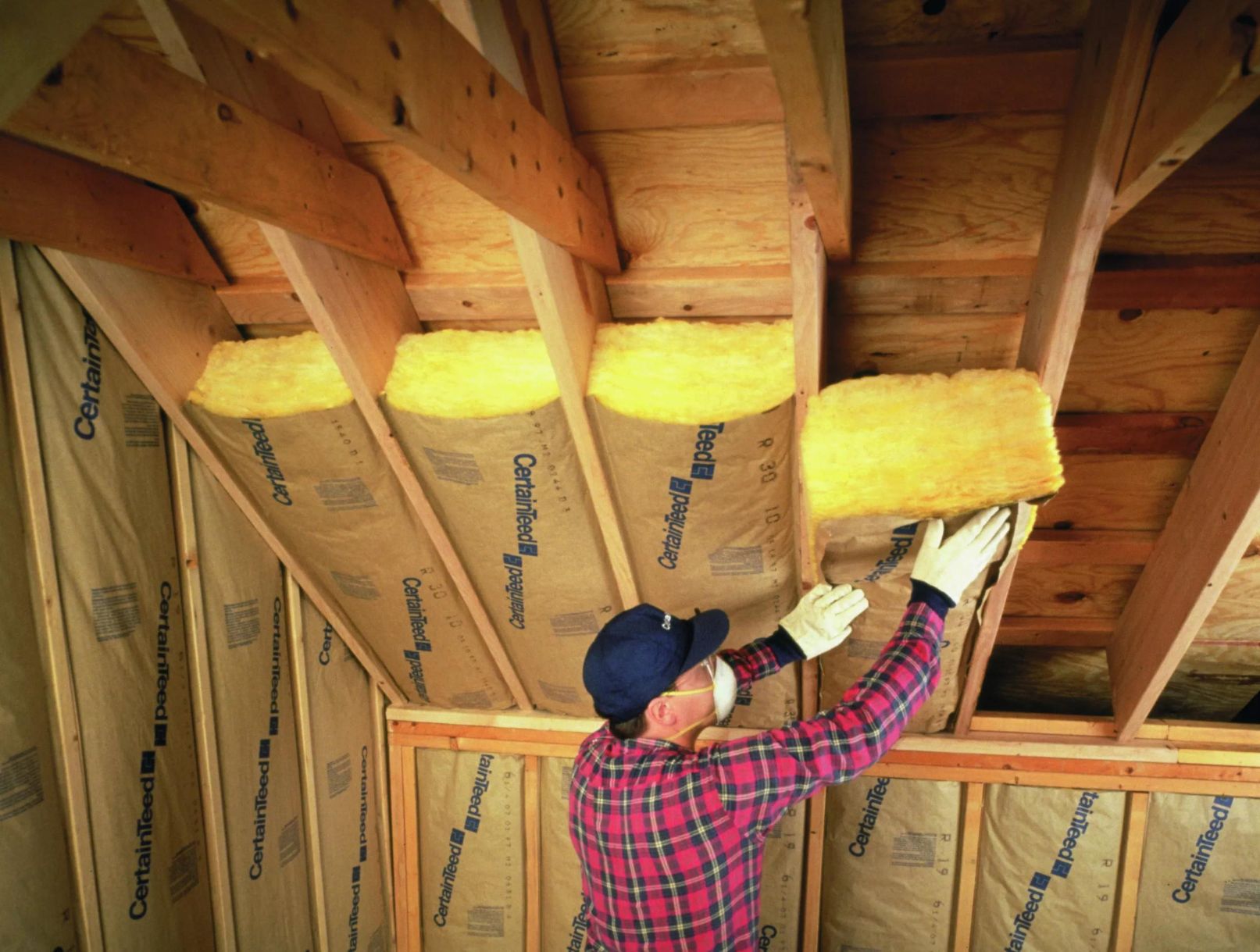
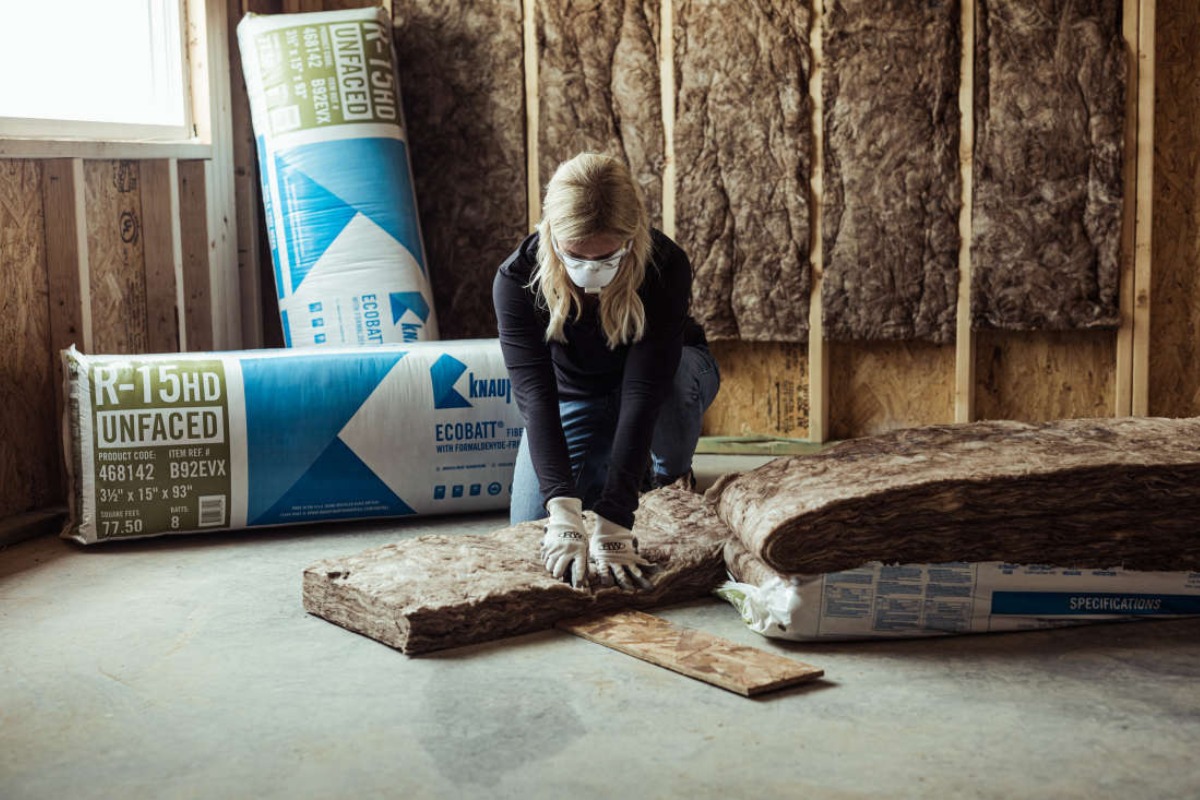
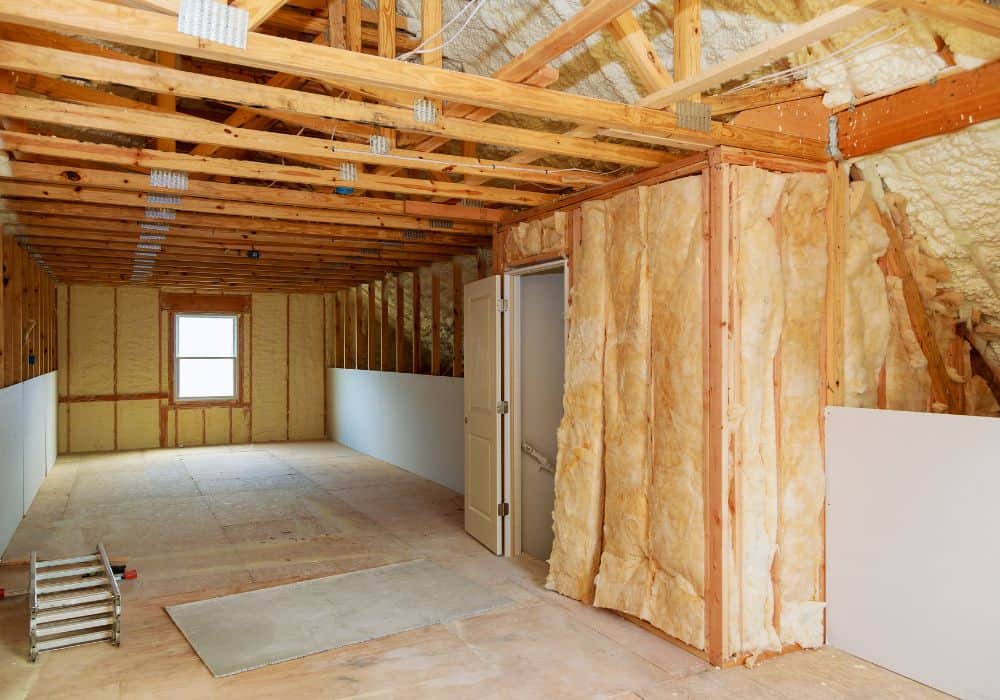
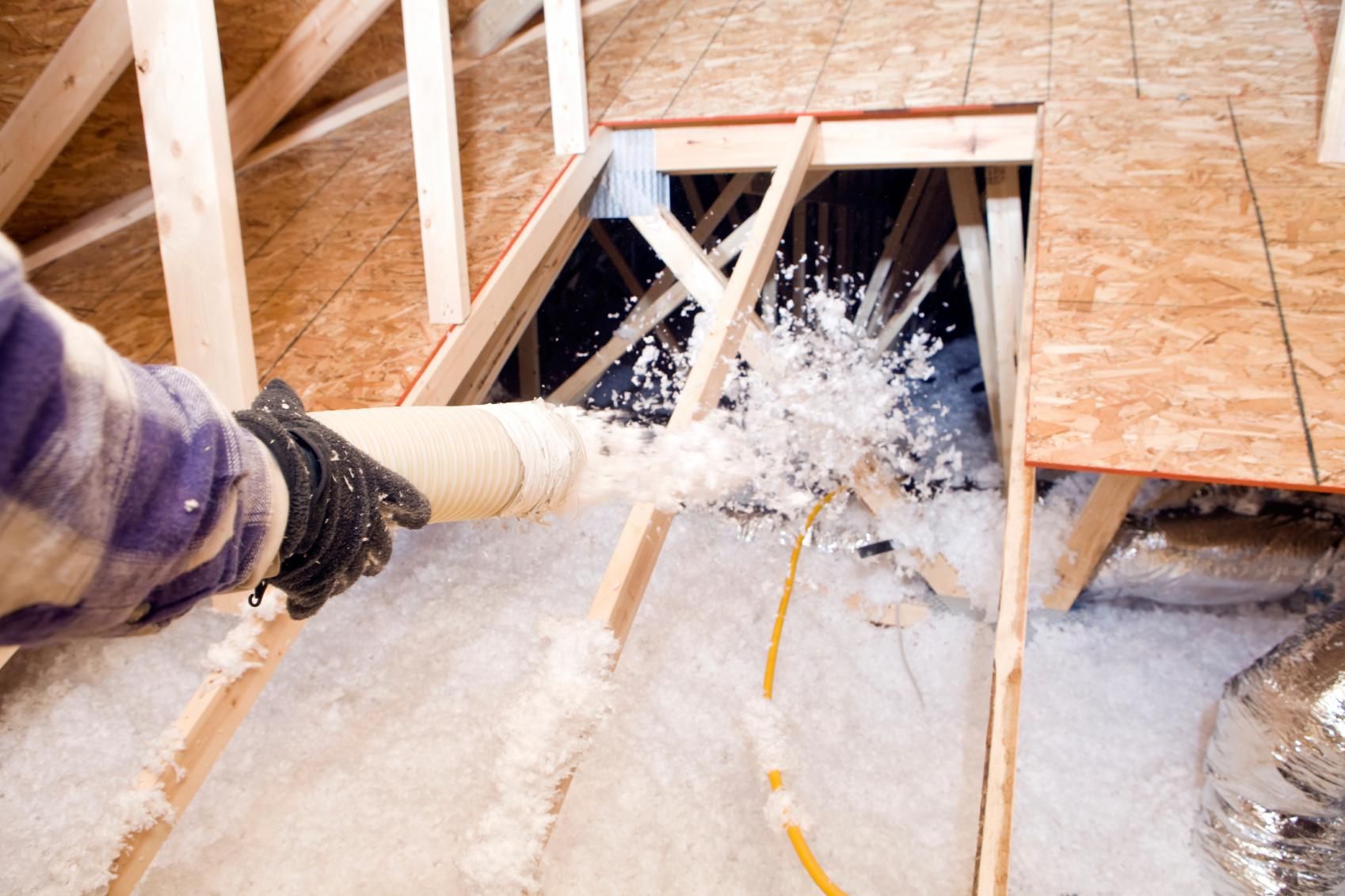
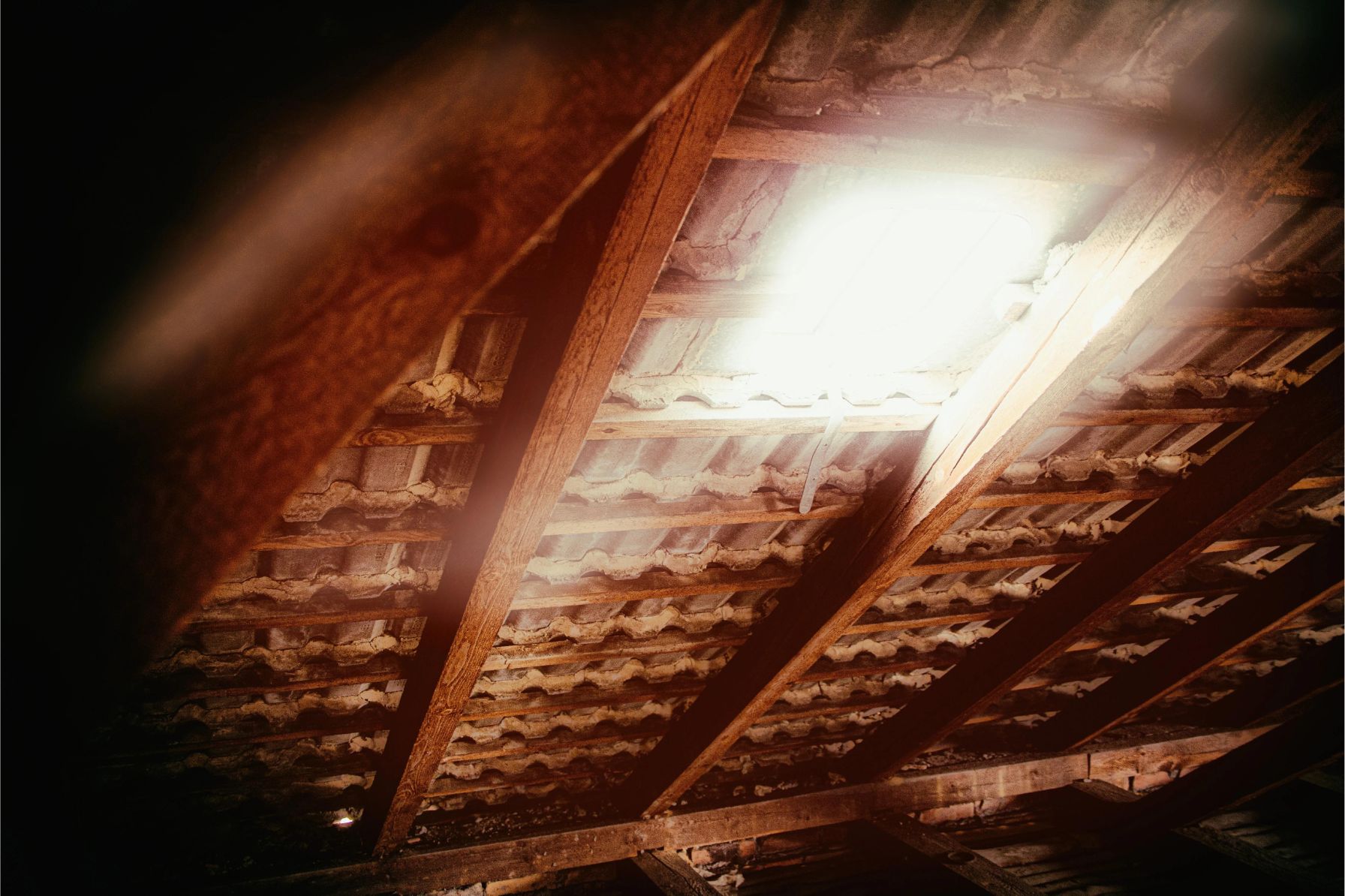
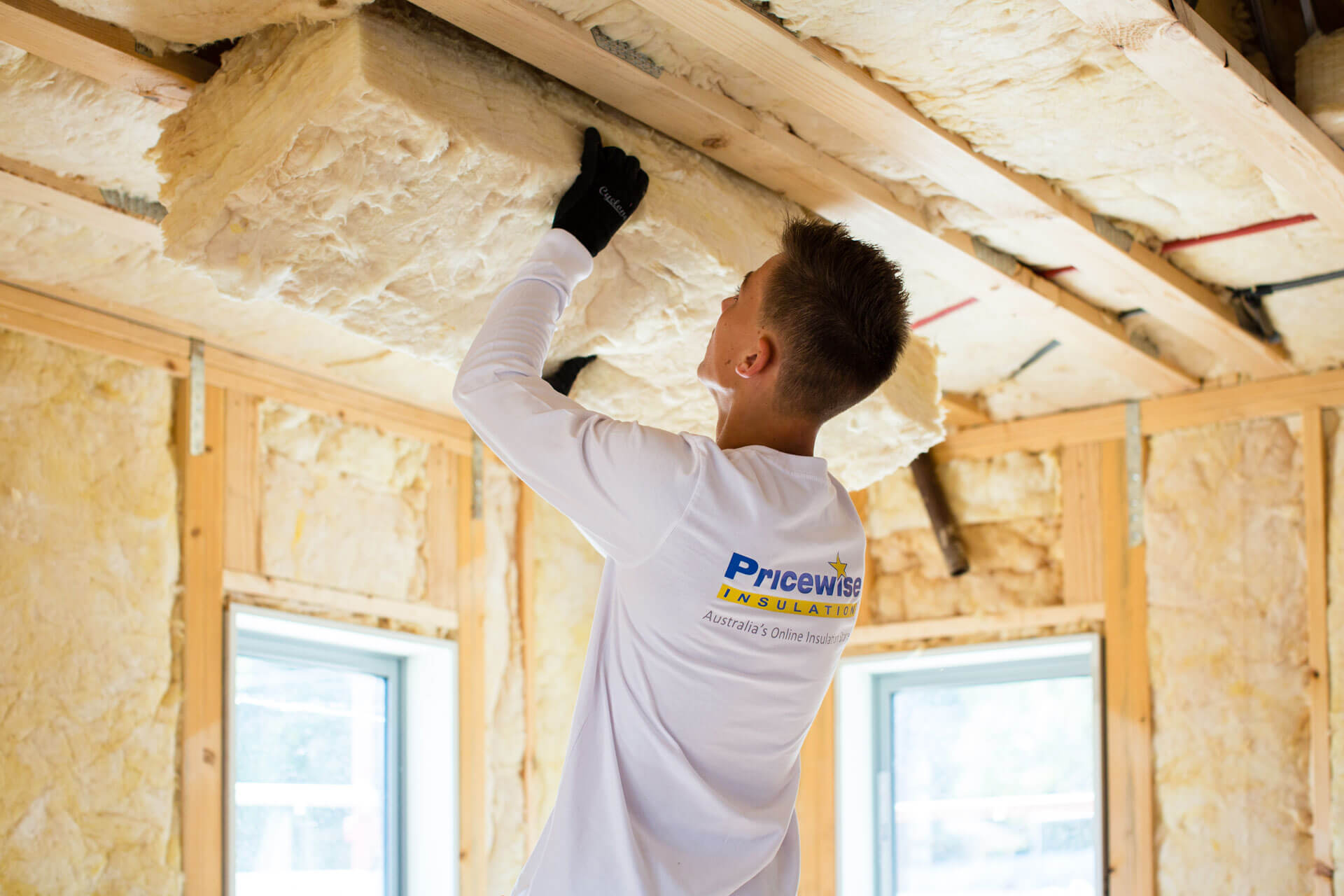
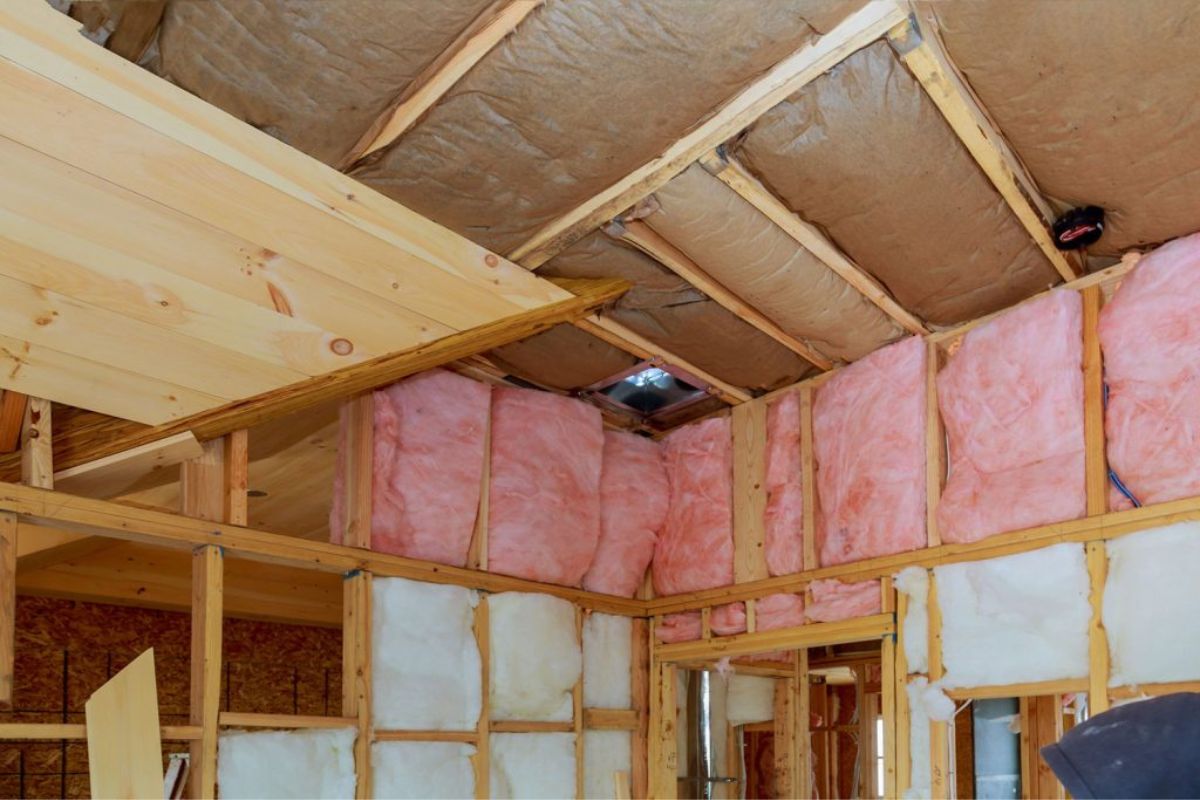
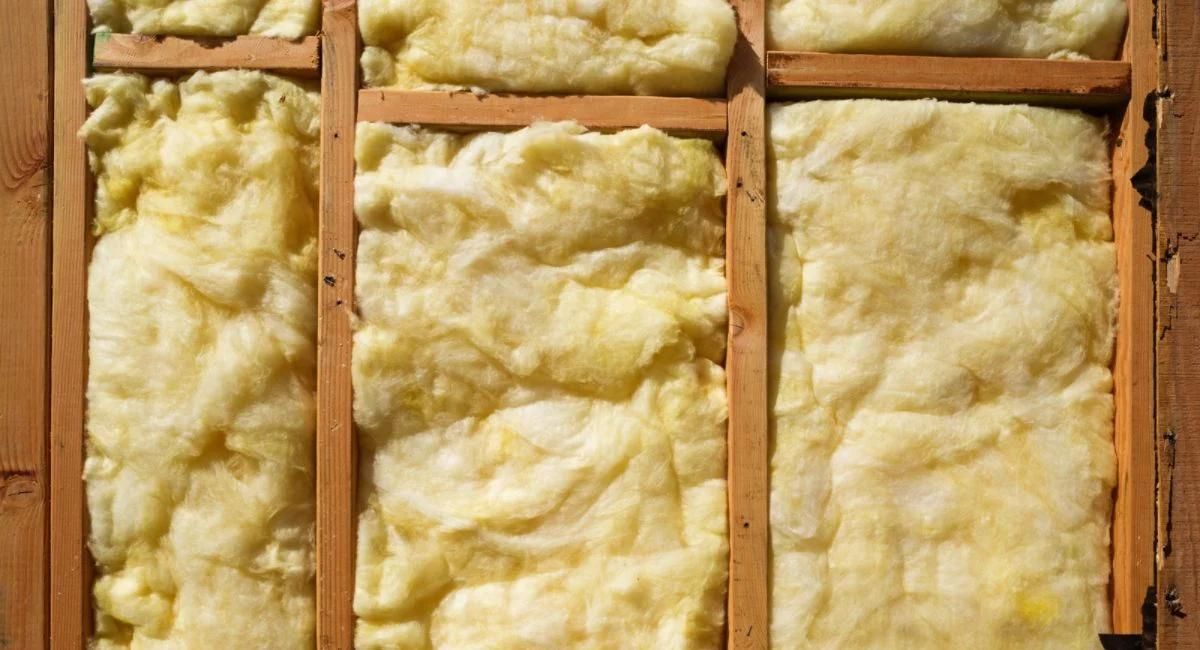
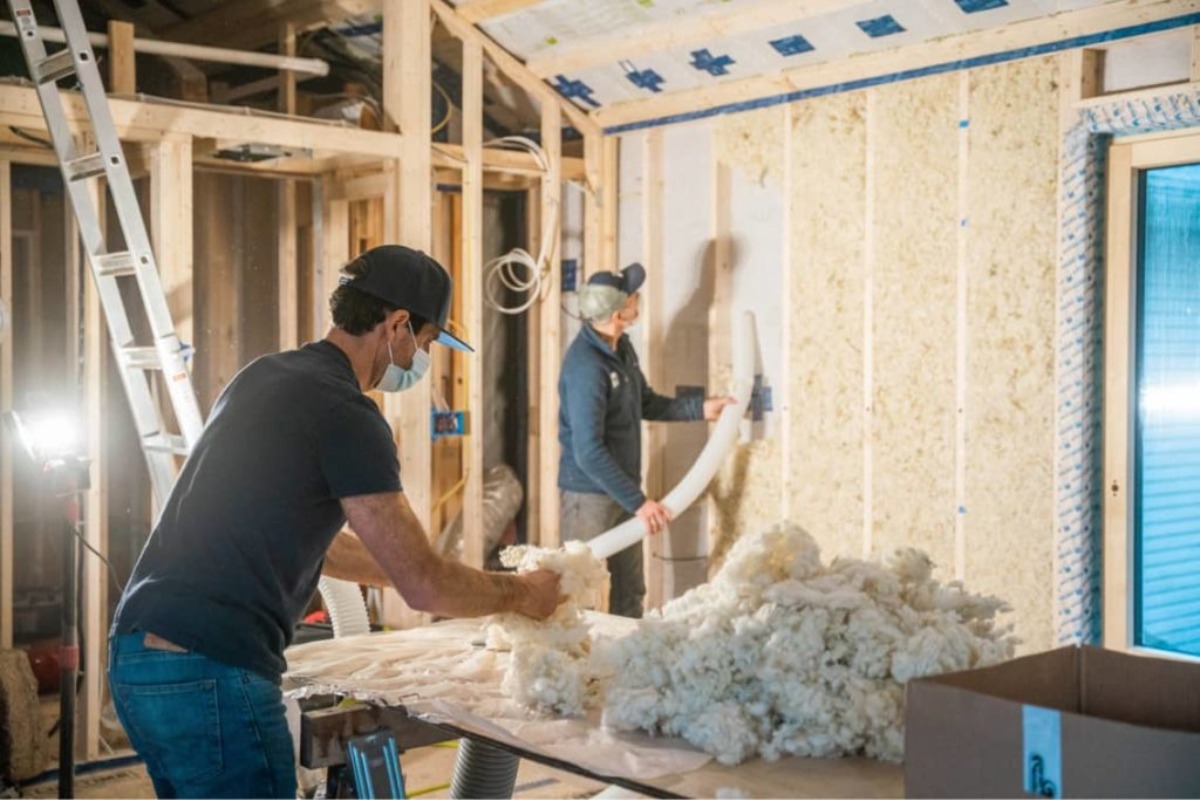
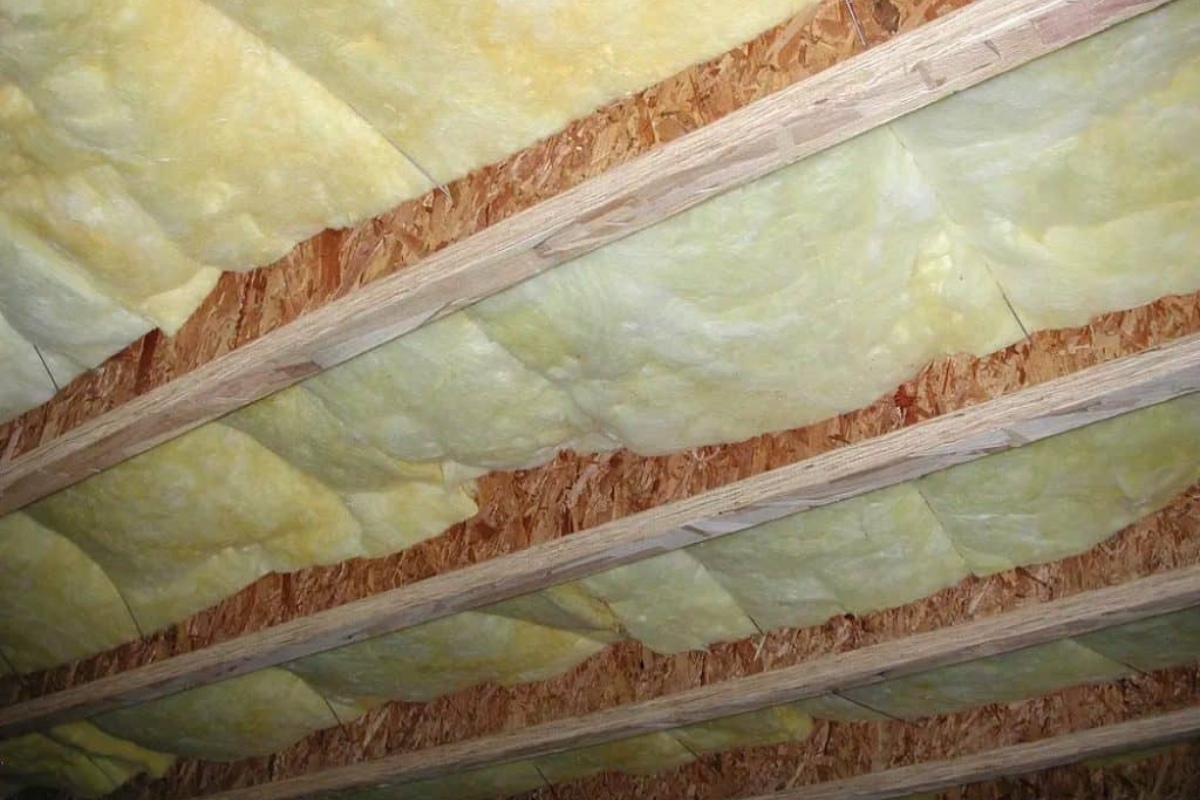
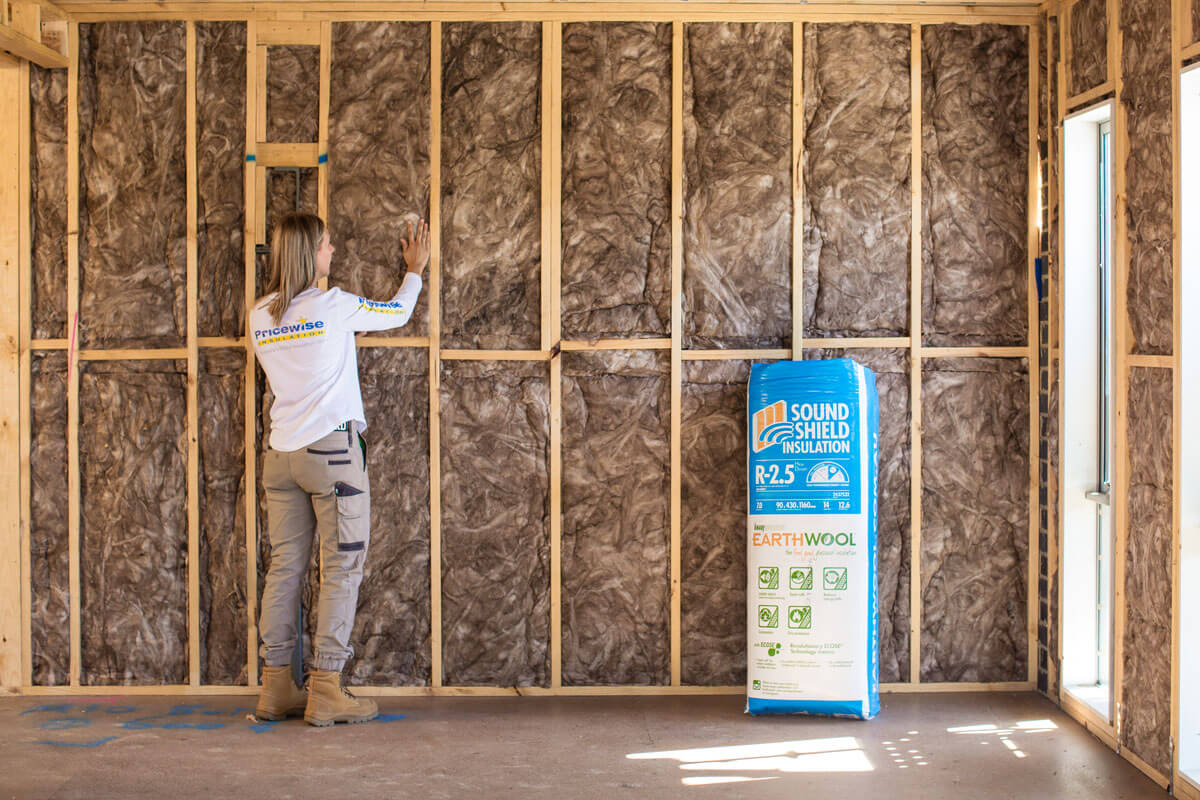
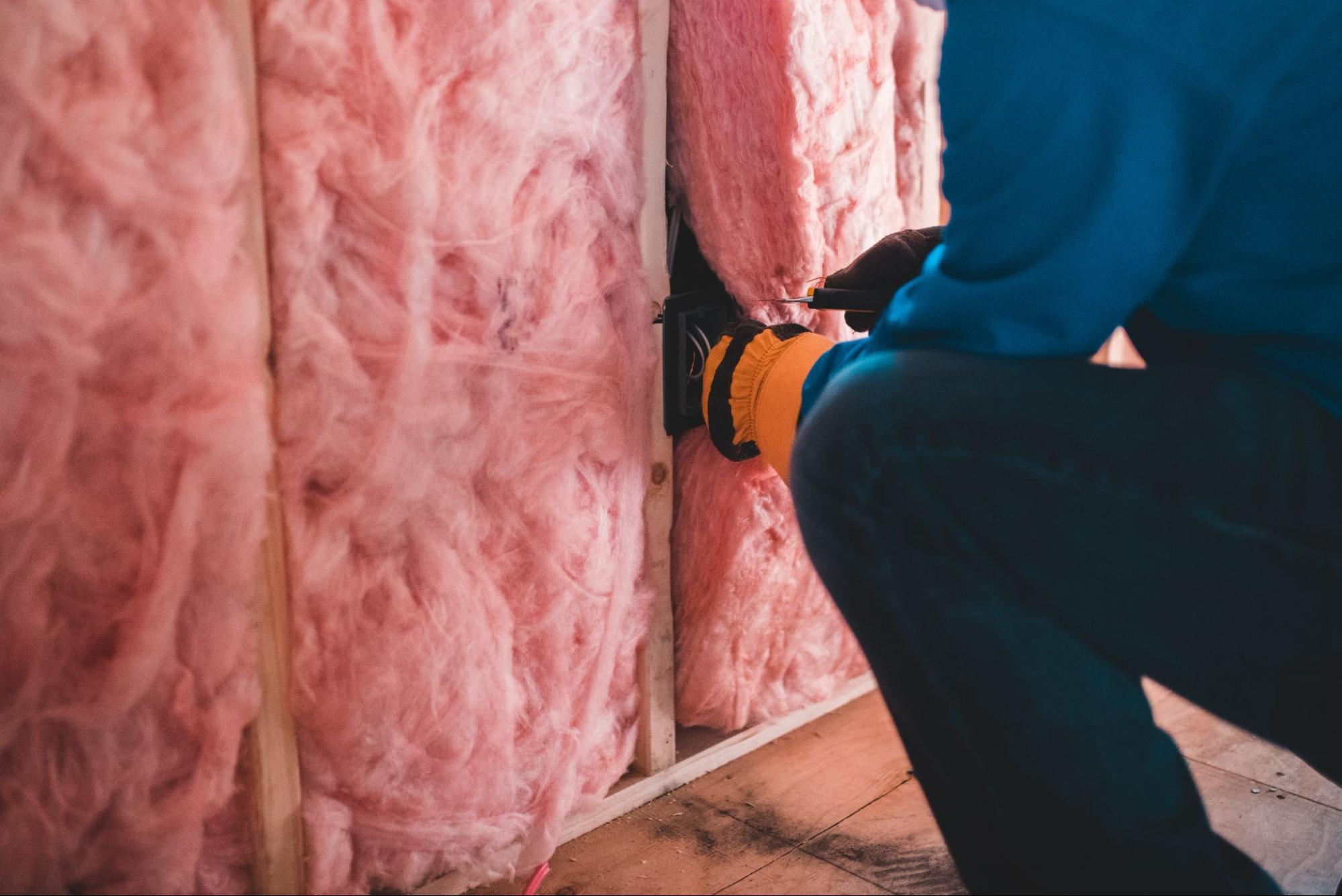
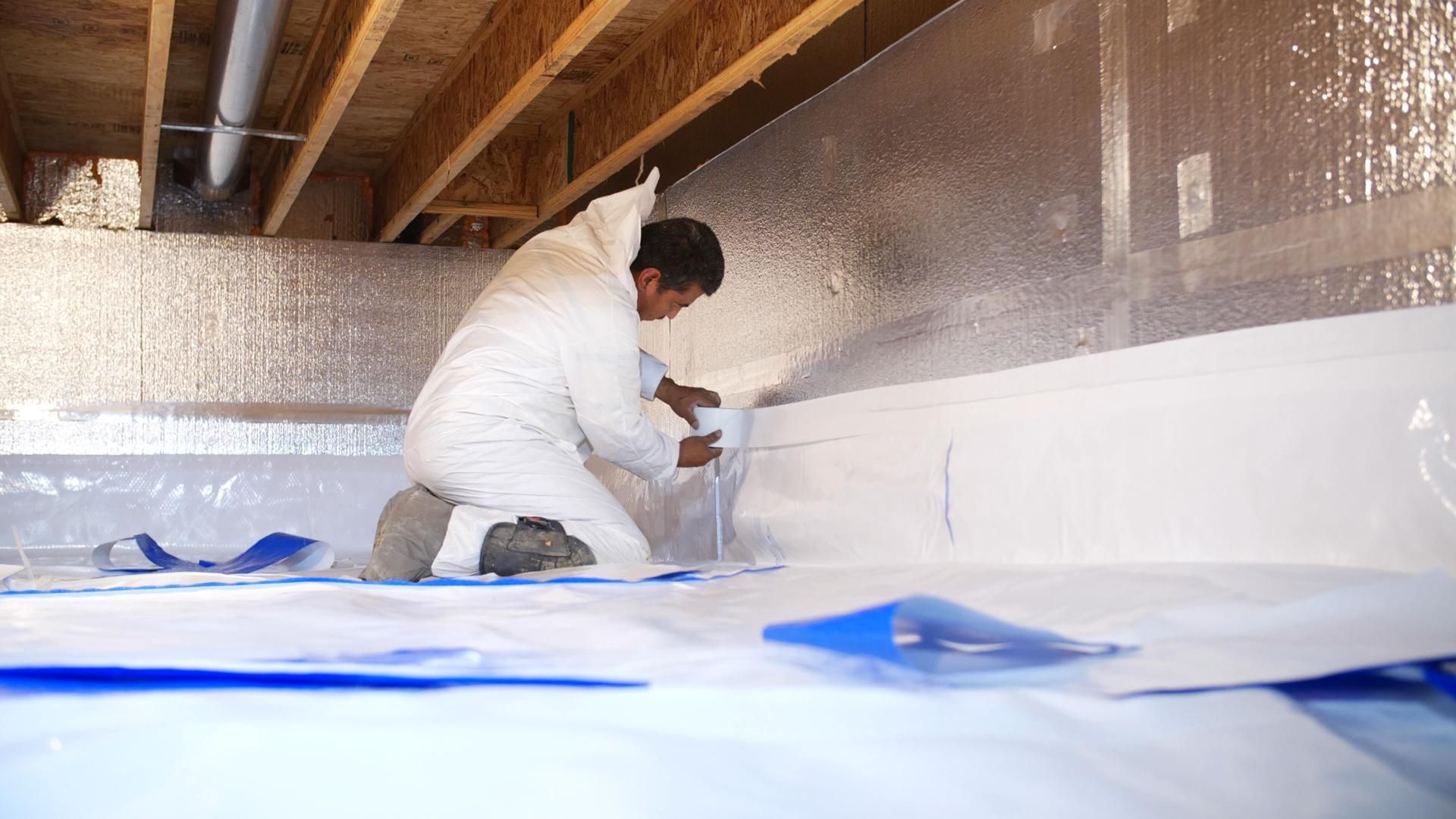

0 thoughts on “What Is R-38 Insulation”